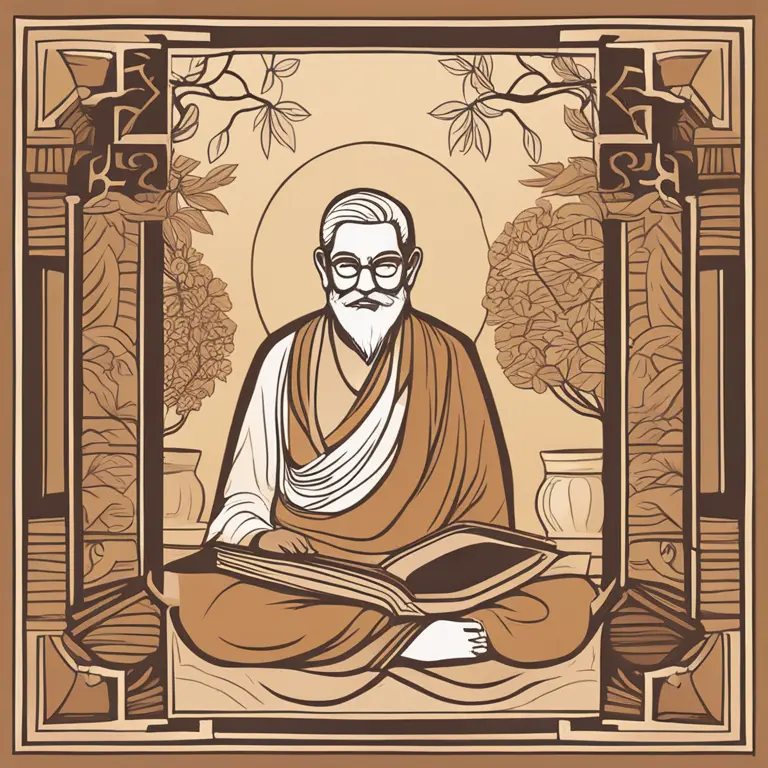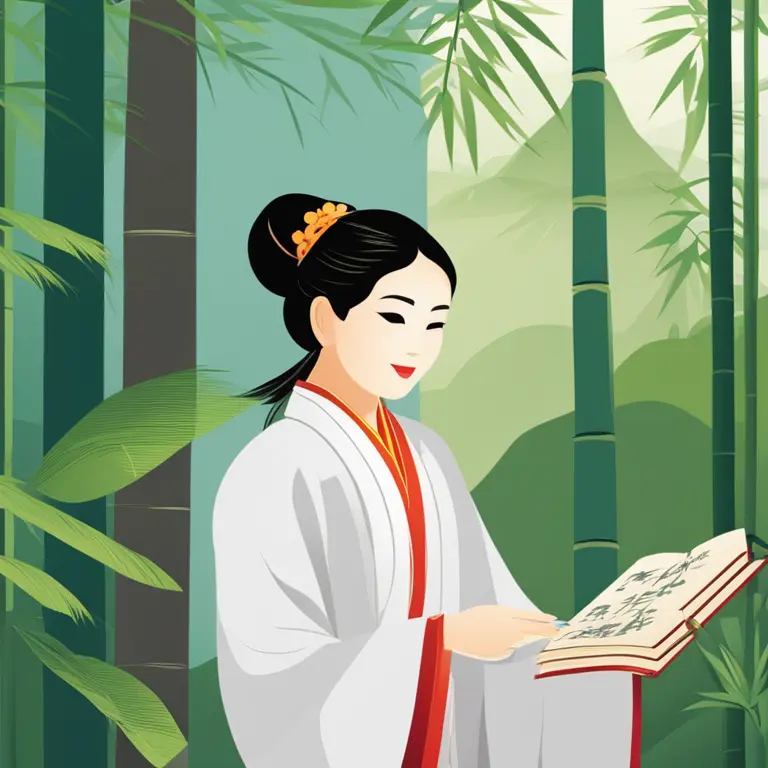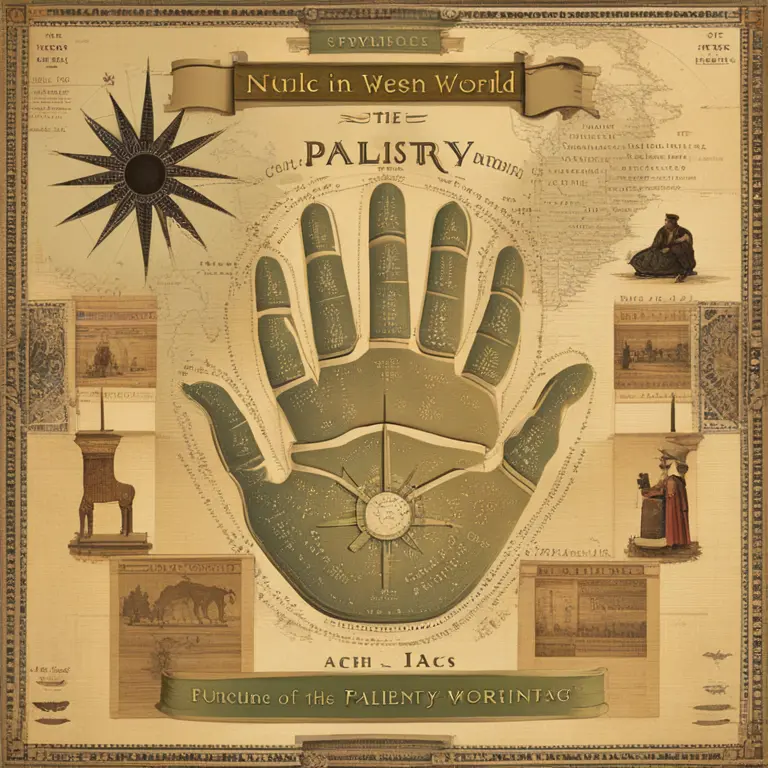
Palmistry: Tracing Its Historical Origins
Delve into the history of palmistry to discover its enigmatic origins and the early practitioners who charted the course of hand analysis.
article by Nora Pennington
The Dawn of Palmistry
Palmistry, or chiromancy, is an ancient practice that intertwines art and science, an endeavor to decipher the stories etched in the lines and contours of the human hand. Though the exact origins of palmistry are shrouded in the mists of time, its roots can be traced back to antiquity, branching out across different civilizations. Indications of palmistry have been found in Vedic scriptures, Chinese manuscripts, and even within the mystical schools of ancient Egypt.

The Vedic Connection
Historically, the earliest written evidence of palmistry appears in the Indian subcontinent. Vedic scholars, possibly as early as 3000 BCE, are credited with a systematized form of hand analysis. These ancient palmists believed that the hand is a microcosm of the universe, reflecting one's destiny and personality. Their pursuit laid the foundation for an enduring tradition that melds astrological principles with hand analysis.

Chinese Wisdom on Palmistry
Concurrent developments in the field of palmistry were unfolding in Far East Asia. Chinese artifacts and texts have made references to hand reading, suggesting that by the Zhou Dynasty (1046-256 BCE), the practice was well-established. These ancient Chinese palmists emphasized the link between one's life force, or "chi", and the markers on one's palms, providing insights into health and future prosperity.

The Western Proponents
As trade routes expanded and cultures intermingled, knowledge of palmistry flowed into the Hellenistic world and beyond. By the Middle Ages, palmistry had captivated the European intelligentsia, with a notable figure attributed to its spread being the scholar Anaxagoras, who brought the knowledge from Asia Minor to Greece. Yet, it was not until the 19th century that palmistry regained popularity in the West, thanks to figures like Captain Casimir Stanislas D'Arpentigny and William G. Benham, who authored significant works on hand analysis.

Modern-Day Palmistry
Today, palmistry continues to evolve, blending traditional techniques with modern psychological insights. The practice is often seen as a complementary tool for self-awareness and counseling, rather than a rigid method of fortune-telling. Digitization has expanded the reach of palmistry, with applications and online platforms enabling virtual hand readings, thus adapting this ancient art to the digital age.
Critical Acclaim and Skepticism
Throughout its long history, palmistry has encountered both esteem and criticism. While some hail it for its introspective value, others dismiss it as superstition. Regardless of the perspective, the core of palmistry has withstood the test of time. It is a testament to humans' innate curiosity about their nature and fate, a bridge between the mystical and the empirical.
Published: 1/11/2024
Modified: 1/12/2024
More predictions
Come back here soon to learn more about yourself and your future


The Possibility of Palmistry in Cancer Detection
Examining the claims that palmistry holds any potential in identifying the risk of cancer: a deep dive into the world of mysticism and medicine.


The Efficacy of Palmistry: Real Insight or Fancy?
Delve into the validity of palmistry as a form of divination. Is there a truth behind the lines on our palms, or is it just a charming fancy?


The Ancient Art of Vedic Palmistry
Discover the ancient art of Vedic Palmistry and its practice in the modern era, revealing the secrets held within the lines of the hand.